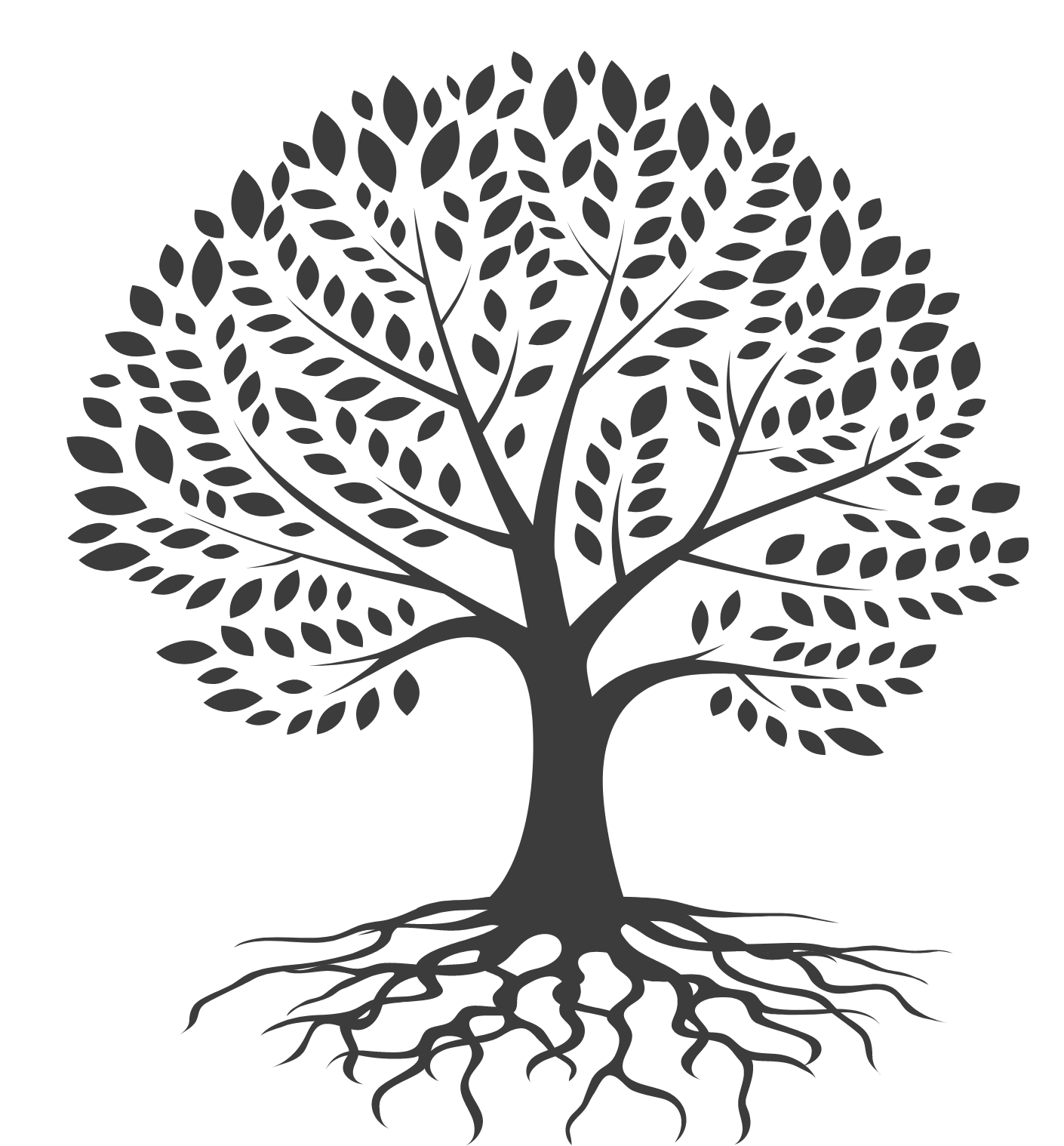In the age of ancestry DNA tests and digitized archives, the quest to uncover our family history has become an exhilarating journey accessible to all. From uncovering long-lost relatives to revealing unexpected tales of triumph and tragedy, delving into genealogy is like embarking on a thrilling treasure hunt through time. But what good is discovering these precious gems if they remain hidden in the dusty corners of your family tree? Ah, here's where the art of sharing your genealogy finds comes into play.
Imagine stumbling upon the story of your great-great-grandfather, who turned out to be a swashbuckling adventurer, or your great-aunt who defied societal norms to become a pioneering entrepreneur. These narratives are not just fragments of the past; they are pieces of your identity waiting to be embraced and celebrated. So why keep them to yourself when they can enrich the lives of others?
Sharing your genealogy findings is more than just posting a list of names and dates online; it's about weaving a captivating narrative that brings your ancestors to life. Think of yourself as a storyteller with a trove of tales waiting to be told. You have the power to ignite curiosity, evoke emotions, and inspire connections across generations.

While it’s understandable to feel possessive of your research after investing so much time and effort, the benefits of sharing far outweigh the reasons for keeping it private. By opening up your findings to others, you contribute to a greater understanding of our shared history, preserve your family’s legacy for future generations, and experience the joy and fulfillment that comes from collaboration and connection.
But how do you go about sharing your genealogy finds in a way that captivates your audience?
Here are a few tips to get you started:
1. Craft Compelling Narratives: Don't just list names and dates; paint a vivid picture of your ancestors' lives. Use historical context, anecdotes, and personal reflections to breathe life into your family history.
2. Embrace Multimedia: Enhance your storytelling with photos, documents, and even videos. Visuals not only add depth to your narrative but also make it more engaging for your audience.
3. Engage Your Audience: Encourage interaction by asking questions, soliciting stories from relatives, or hosting virtual family reunions. Genealogy is not just about the past; it's about forging connections in the present.
4. Be Authentic: Don't shy away from sharing the less-than-perfect aspects of your family history. Imperfections add depth and humanity to your narrative, making it more relatable and compelling.
5. Think Beyond Borders: Your family tree may have branches spanning continents and cultures. Embrace the diversity of your heritage and explore how it has shaped your family's identity.
6. Document Your Process: Share the ups and downs of your genealogical journey. Documenting your research process can be both informative and inspiring for fellow genealogy enthusiasts.
7. Pay It Forward: Just as you benefited from the research and discoveries of others, be generous with your own findings. Share your knowledge, collaborate with fellow researchers, and contribute to the collective tapestry of human history.
In a world where we often feel disconnected from our roots, genealogy offers a powerful antidote—a way to bridge the gap between past and present, to honor the stories of those who came before us, and to pass on their legacy to future generations. So, fellow family historians, let us embark on this journey together, armed with curiosity, compassion, and a shared sense of adventure. Who knows what hidden treasures we may uncover along the way?



Comments ()